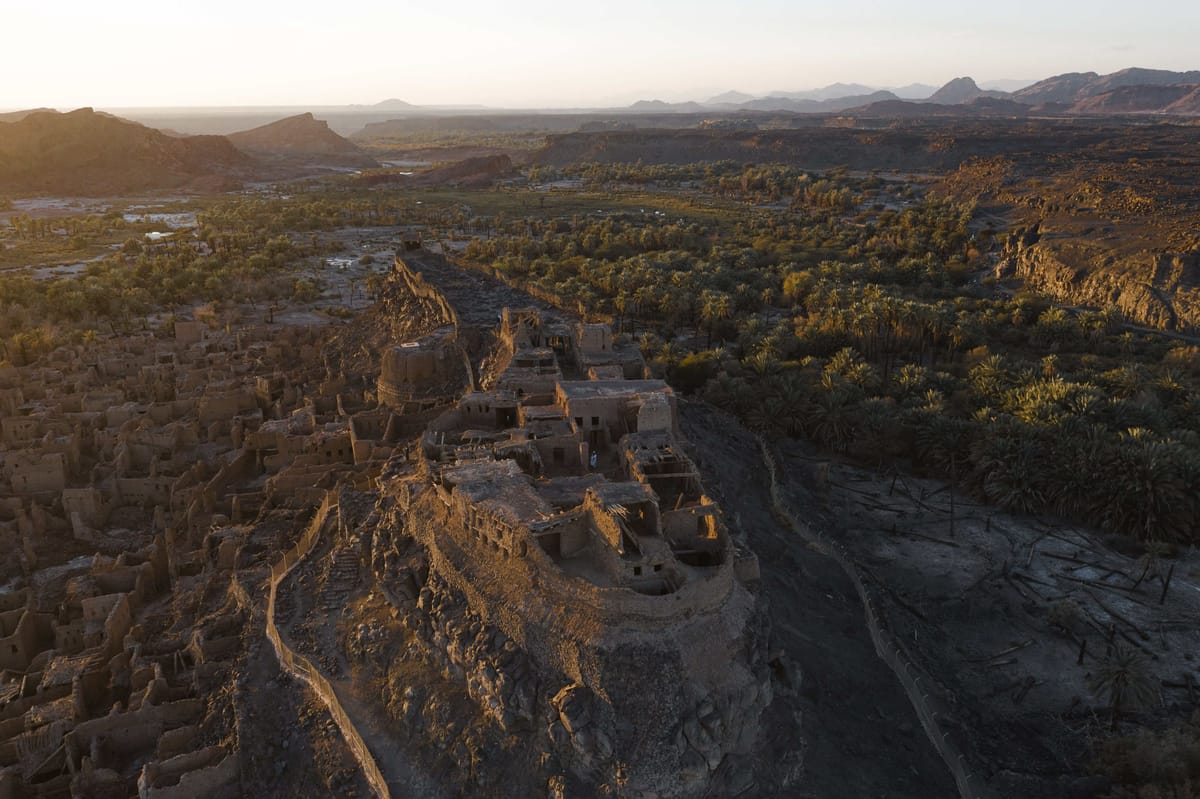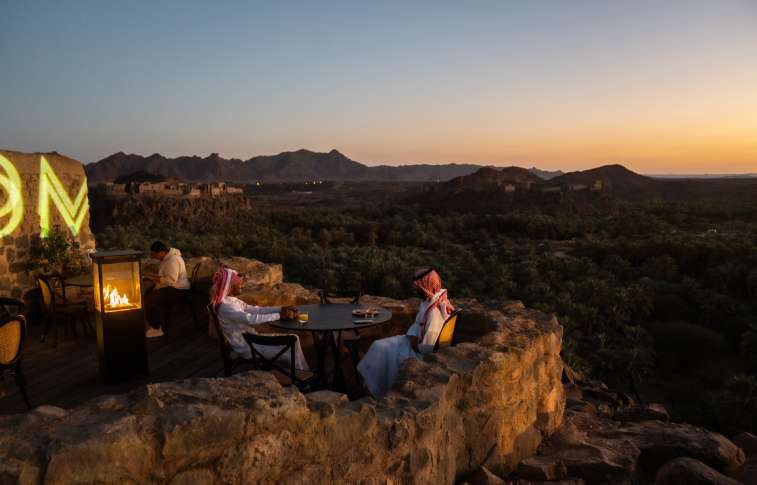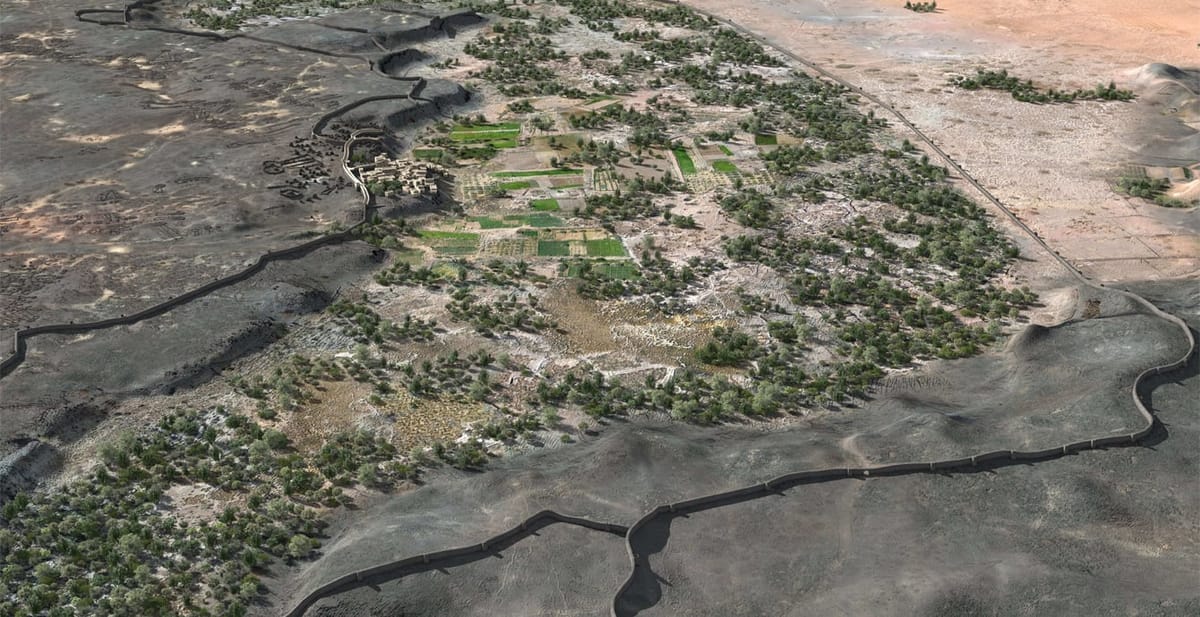Khaybar is split across two zones—the Khaybar Natural Area, which encompasses the volcanic landscape of Harrat Khaybar, and the historic oasis, which is teeming with biodiversity and has been a source of vibrant culture and fresh water for millennia. The oasis features striking evidence of human engagement, such as the Stone Age funerary avenues known as the “Works of the Old Men”, and its craggy landscape and plentiful fresh water made it an ambitious and effective seat of power, as evidenced by the ruins of fortresses and the thriving traditions of craft and ways of living that continue in the oasis today.
- Journey Through Time Masterplan
- Path to Prosperity
- Sharaan Nature Reserve
- Khaybar Heritage Village
- Arabian Leopard Programme
- AlUla Animal Welfare
- AlUla Agriculture
- AlUla Language Institute
- I Care
- Hammayah Programme
- Scholarship Program
-
Archaeology, Collections & Conservation Department
- Crossroads 2021
- Crossroads 2022





